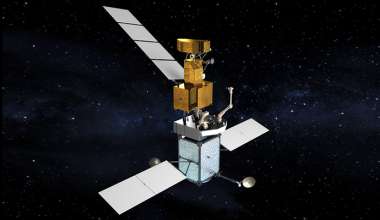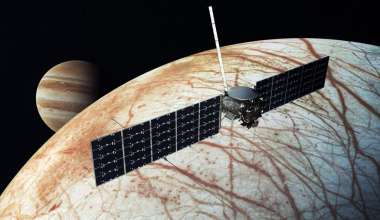Laser communication systems (also known as optical communications, lasercom, and optical inter-satellite links (OISL) use infrared frequency to transmit information. Lasercom systems have effective bandwidth increases of 10 to 100 times that of today’s radio frequency (RF) systems and need less volume, weight, and power. They can be used for both downlinks and high-speed, satellite-to-satellite crosslinks. Further, lasercom links are inherently protected from detection, interception, and interference because of the extremely narrow beamwidth of the laser and the narrow field of view of the receiver.
In this issue of State of Play, discusses how the government and private sector aim to scale lasercom capabilities for the future.










